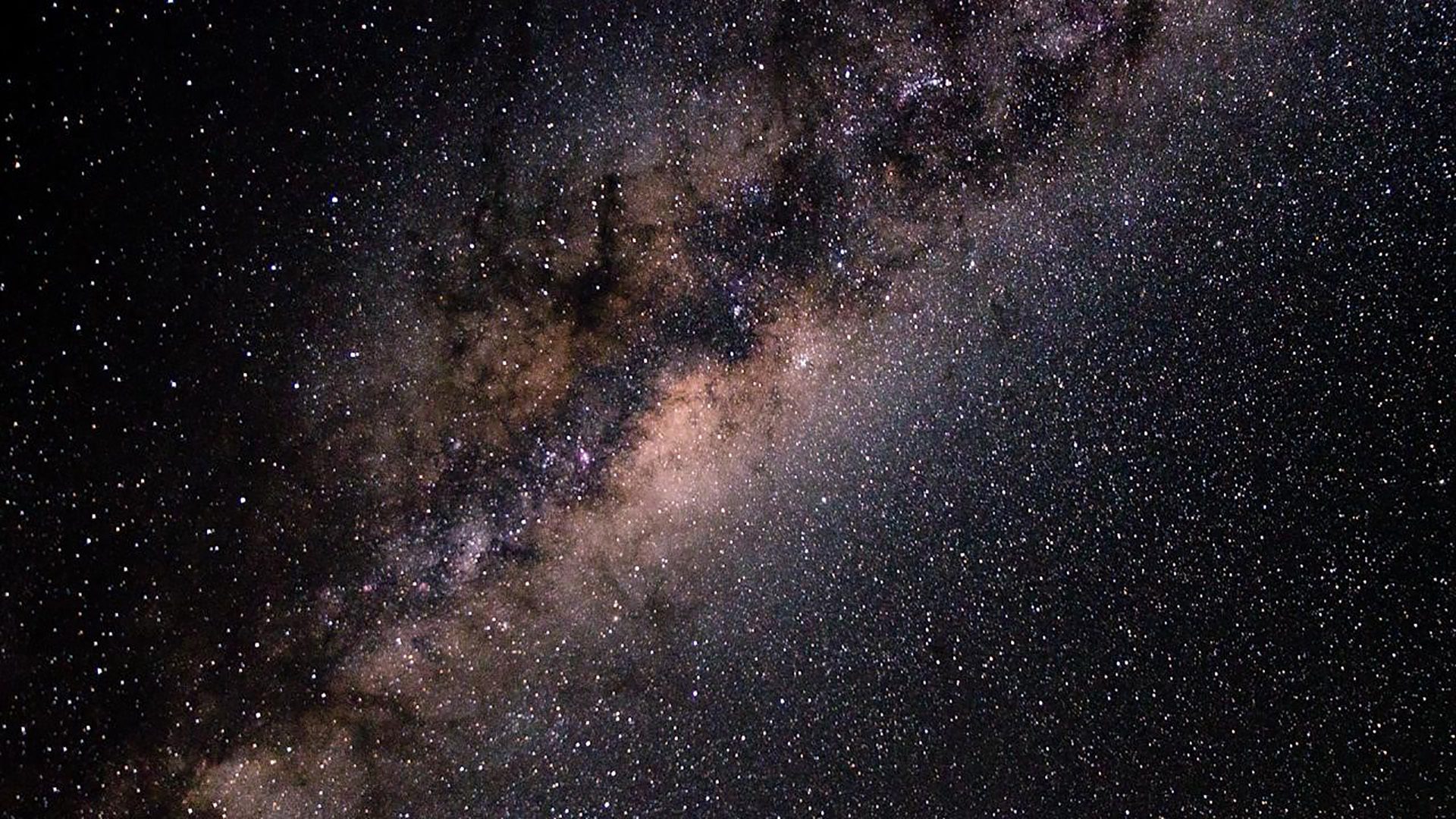New Curtin University research has uncovered a striking link between the structure of our galaxy and the evolution of Earth’s crust, showing its development was shaped by the impact of meteorites during its journey through the Milky Way and not solely through internal processes as was previously widely considered.
The study, published in journal ‘Physical Review Research’, reveals that the chemistry of tiny ancient crystals in Earth’s crust may capture the rhythm of meteorite impacts during our solar system’s passage through the Milky Way’s vast spiral arms.
Lead researcher Professor Chris Kirkland, from the Timescales of Mineral Systems Group within Curtin’s Frontier Institute for Geoscience Solutions in the School of Earth and Planetary Sciences, said the work provides new evidence linking Earth’s ancient geological record with the large-scale structure of the Milky Way.
“Tiny, durable minerals called zircon crystals provided a unique archive of Earth’s interaction with the galaxy,” Professor Kirkland said.
“By looking at chemical changes in zircon crystals and comparing them with maps of gas in the Milky Way, we saw the changes line up with times that our Solar System passed through the galaxy’s spiral arms, which are densely packed with stars and gas.
“In these crowded regions, extra gravitational forces may have disturbed icy comets at the edge of our Solar System, knocking some onto paths that sent them crashing into Earth.
“The resulting impacts released enormous energy, melting parts of Earth’s surface and producing more complex magmas, especially when interacting with water-rich environments.”
Professor Kirkland said the study’s findings open the door to an exciting new frontier, where geology can be directly connected with discoveries in astronomy.
“Our research reveals that Earth’s geological evolution cannot be understood in isolation from the broader galactic environment,” Professor Kirkland said.
“It suggests that astrophysical processes on the scale of the Milky Way may have directly influenced the continents beneath our feet and the conditions that made life possible, ushering in a new era of astro-geological science.”
The full research paper, titled ‘From the grain to galactic scale; Milky Way neutral hydrogen and terrestrial zircon oxygen support coupling of astrophysical and geological processes over deep time’, can be found online here: https://doi.org/10.1103/98c3-d9j2



